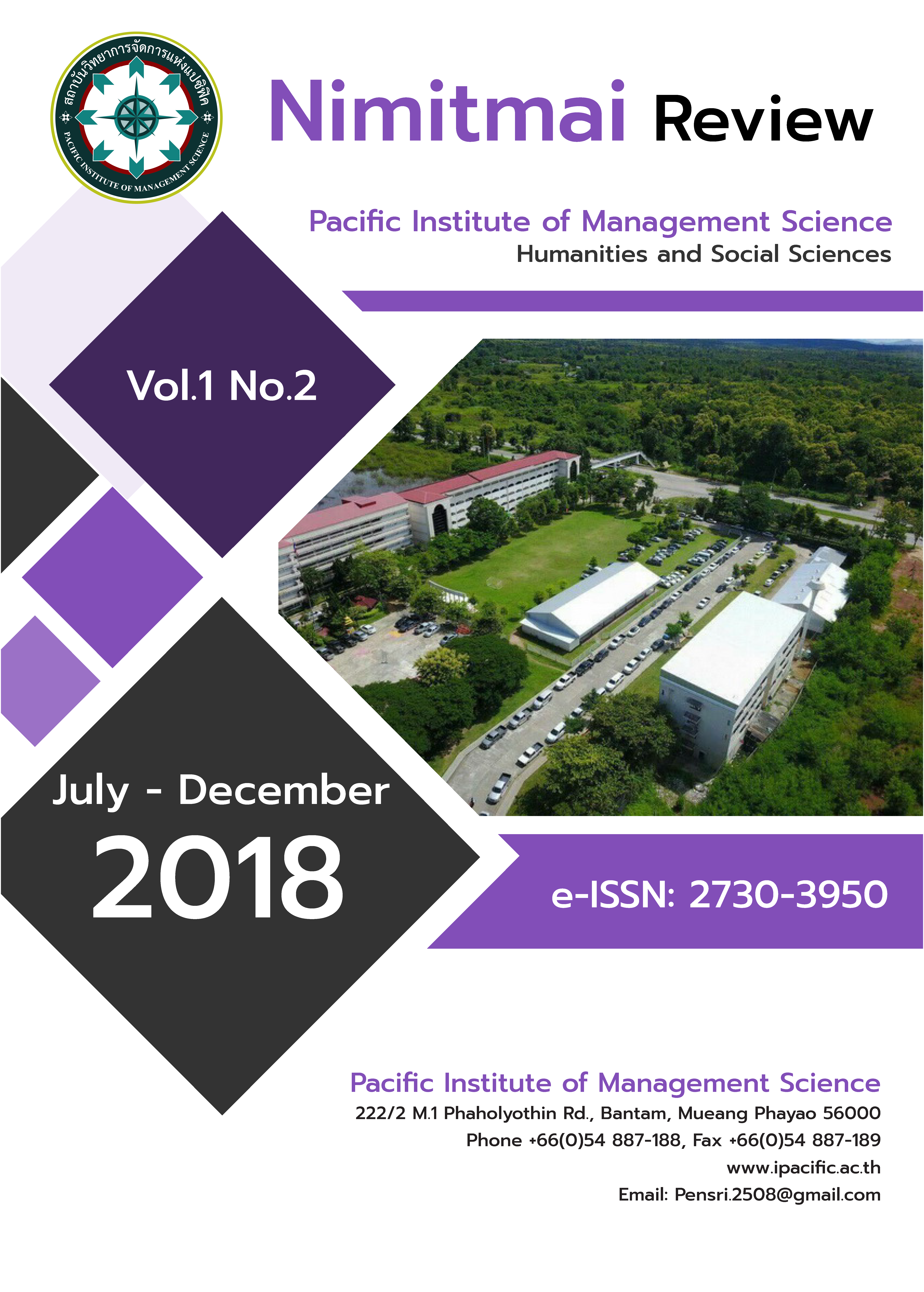THE EFFECTS OF REMEDIAL TEACHING STRATEGIES ON UNDERGRADUATE CHEMISTRY STUDENT’S LEARNING IN UNITS OF MEASUREMENT
Keywords:
Remedial Teaching / Technology-Based Learning / Units of MeasurementAbstract
The purposes of this study were (1) to investigate the effects of remedial teaching on improving the undergraduate chemistry students’ ability, and (2) to assess the undergraduate chemistry students’ satisfaction towards the remedial teaching. The participants were 19 chemistry undergraduate students of the Faculty of Science and Technology, Suan Sunandha Rajabhat University. The researchers provided the activity sheets and technology-based learning (Kahoot!) through the remedial teaching strategies: Engagement (E), Discussion (D), and Conclusion (C) to develop mathematical concepts’ in units of measurement: Scientific Notation, Standard International Unit--SI Prefix, Unit of Volume, and Unit of Mass. The results showed that the students were seen to do marginally better overall significantly, and there was high satisfaction with the implementation of the remedial teaching strategies.
References
Duplanty, B. (2013, Jan 14). Lesson closure strategies. Retrieved from http://k12edresources.com/229/Education
Bureau, The Government of the Hong Kong Special Administrative Region. (2007, July 1). Chapter 3-Remedial teaching strategies. Retrieved from http://www.edb.gov.hk/en/edu-system/special/resources/serc/irtp/book-3.html Fredricks, J.A., Blumenfeld, P.C., & Paris, A.H. (2004). School engagement: Potential of the concept, state of the evidence. Rev. Educ. Res. 74, 59–109. [CrossRef]
Gibson, S. (2015, June 14). Why Kahoot is one of my favorite classroom tools. Retrieved from http://tomorrowslearners.com/why-kahoot-is-one-of-my-favourite-classroom tools/
Kozma, R., & Schank, P. (1998). Connecting with the twenty-first century: Technology in support of educational reform. In C. Dede (Ed.), Technology and learning. Washington, DC: American Society for Curriculum Development.
National Council of Teachers of Mathematics. (2000). Principles and standards for school mathematics. Reston, VA: NTCM. Available online at http://standards.ntcm.org Prince, M. (2004). Does active learning work? A review of research. Journal of engineering education, 93(3), 223-231.
Teed, R. (2016, Nov. 14). Game-based learning. Retrieved from https://serc.carleton.edu/ introgeo/games/index.html
The Institute for the Promotion of Teaching Science and Technology (IPST). (2008). The Basic Education Core Curriculum B.E.2551 (A.D. 2008): Mathematics.
Bangkok, IPST. Won, J. (2015) Use discussion to promote active learning in the classroom: Strategies and tips for college teachers. Retrieved fromhttps://successfulteaching.wordpress.com/ 2015/01/09/promoting-discussion-in-class/



